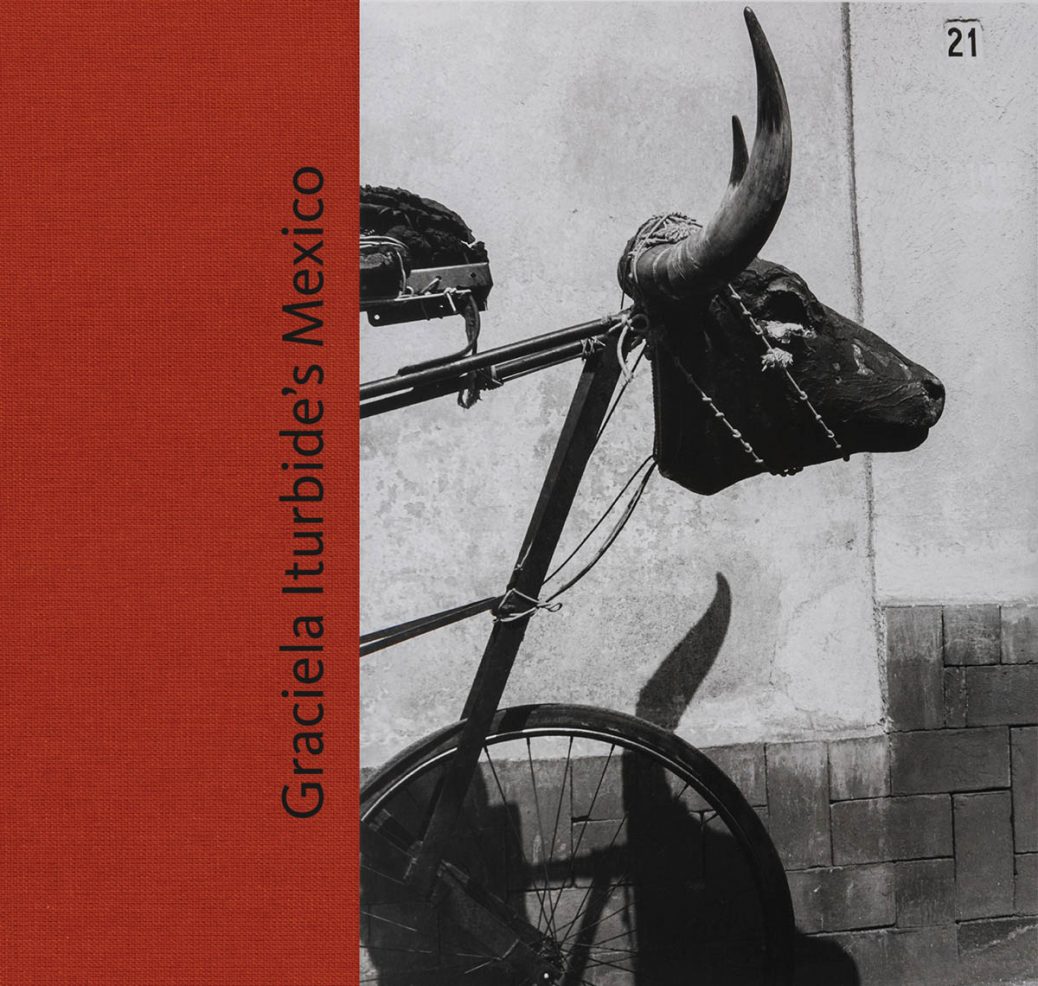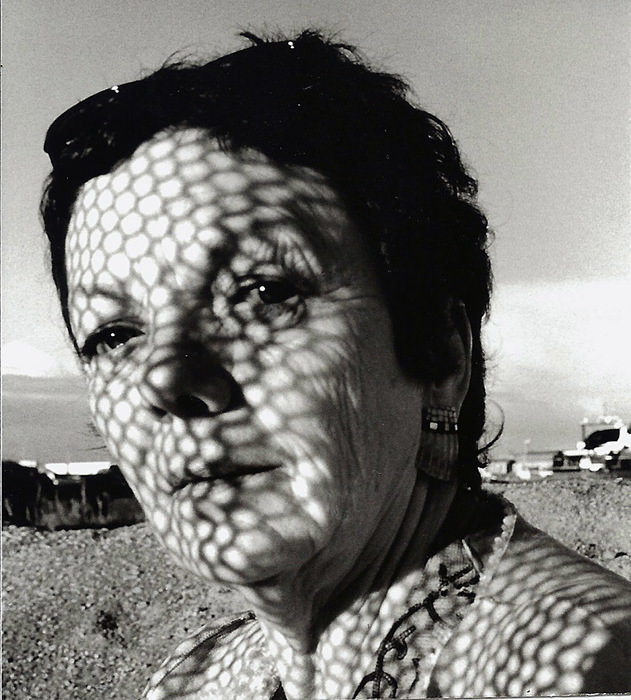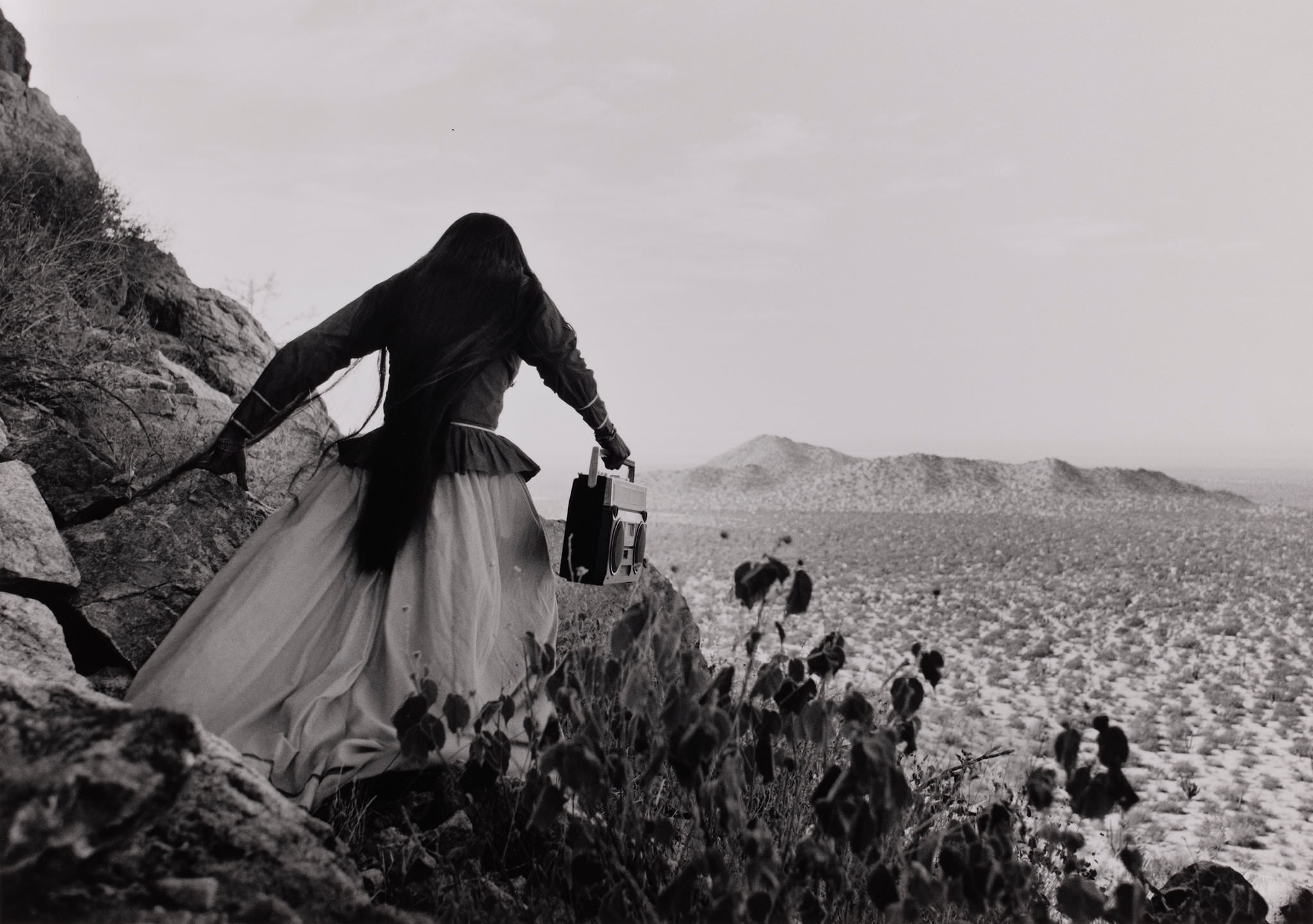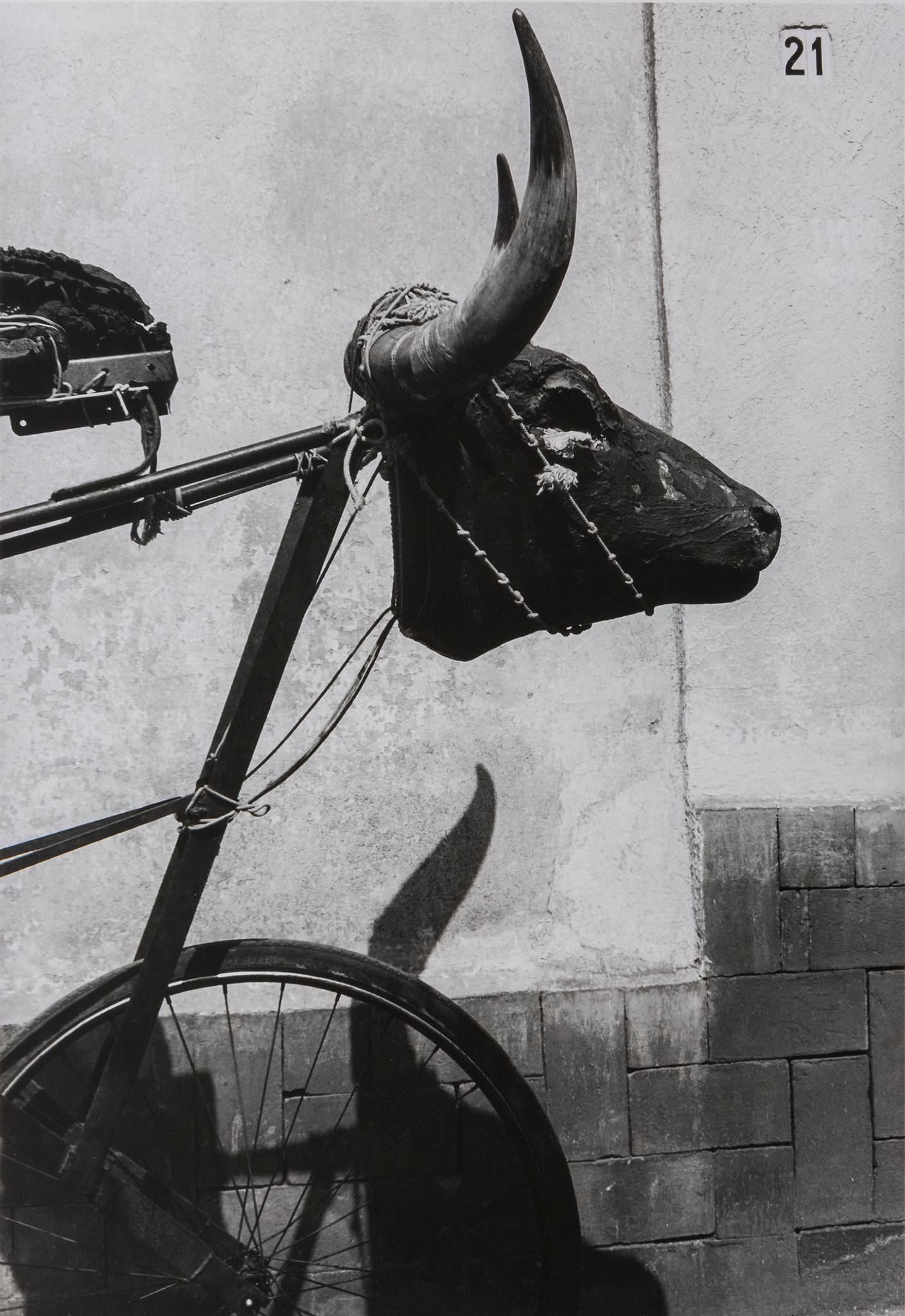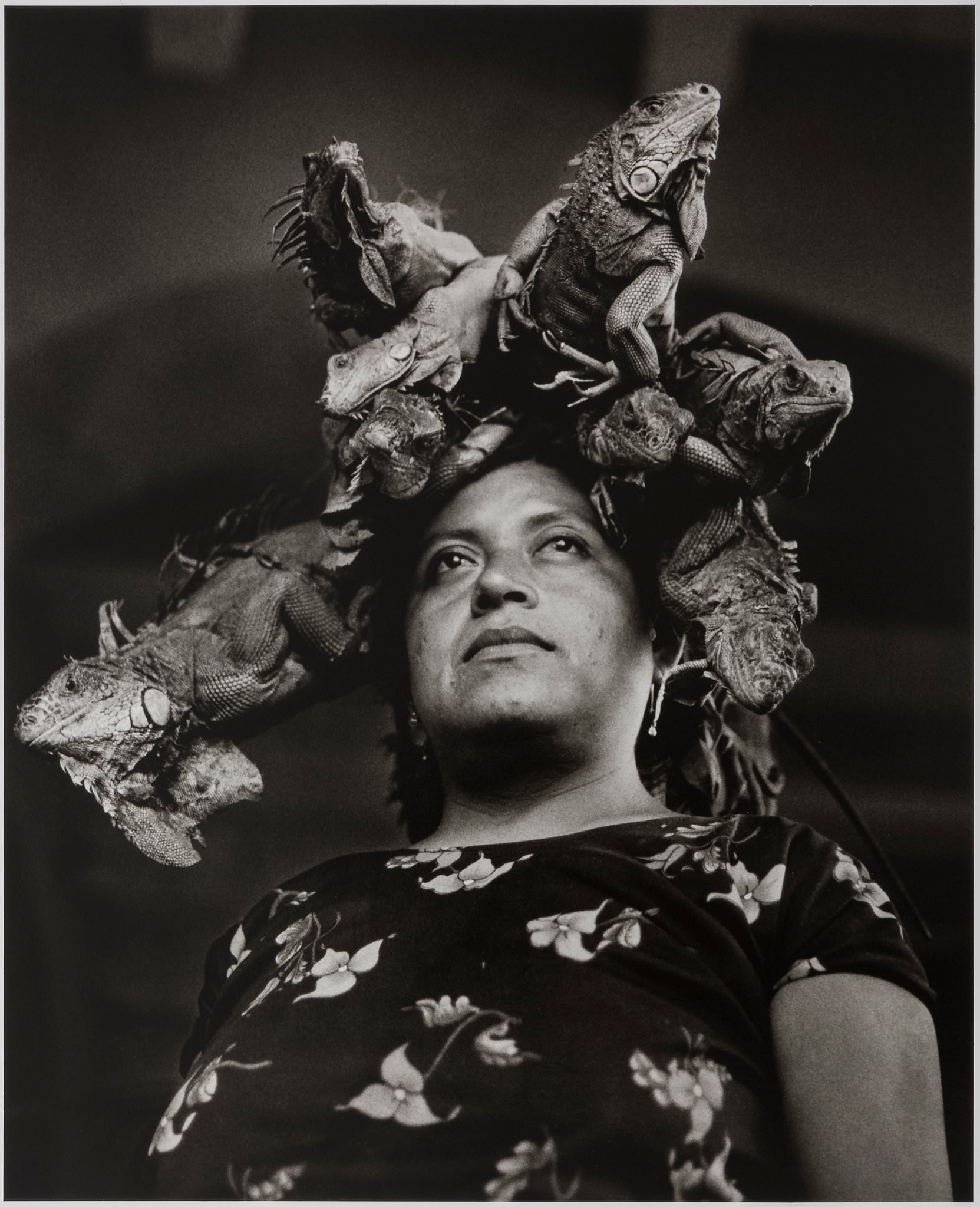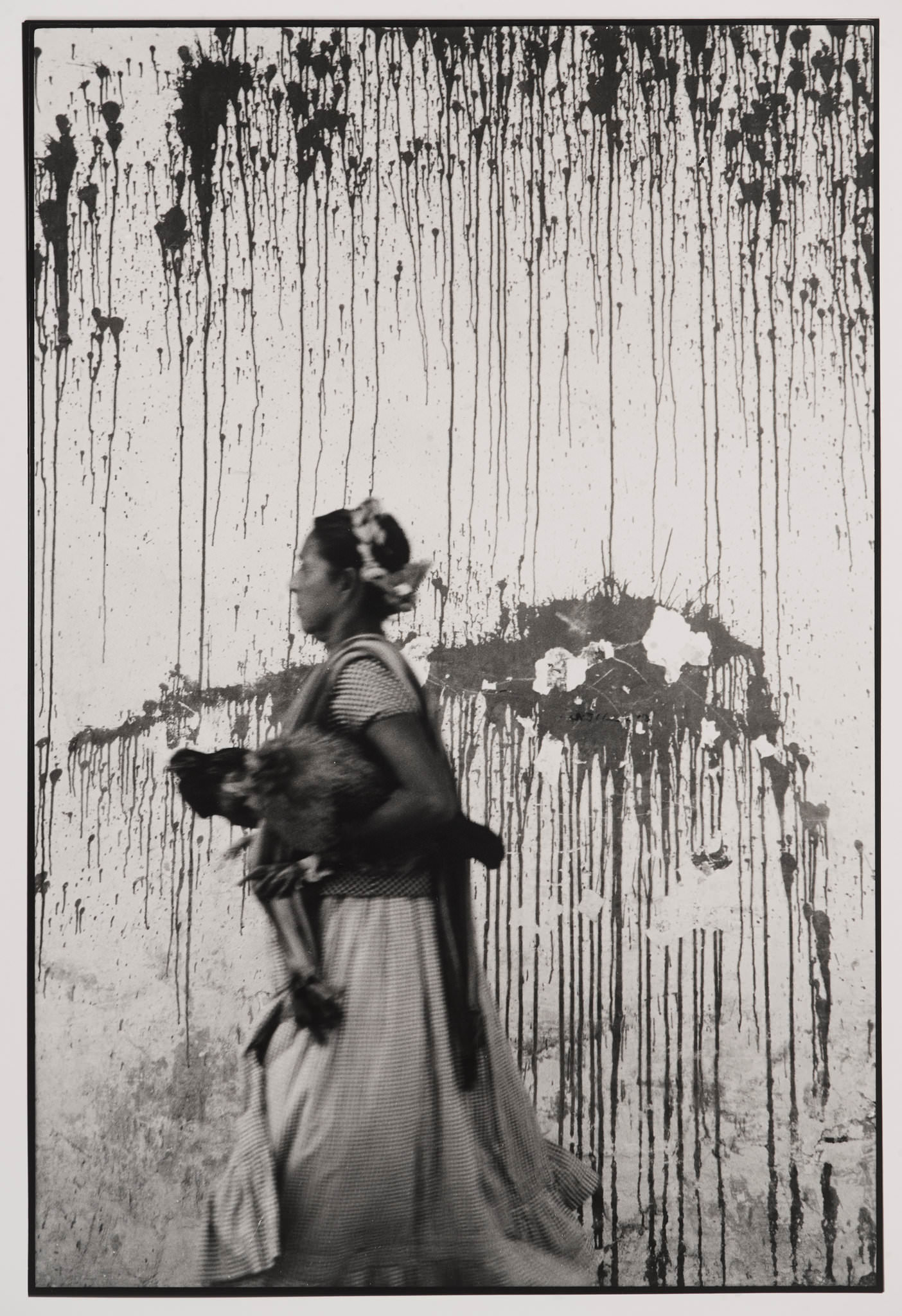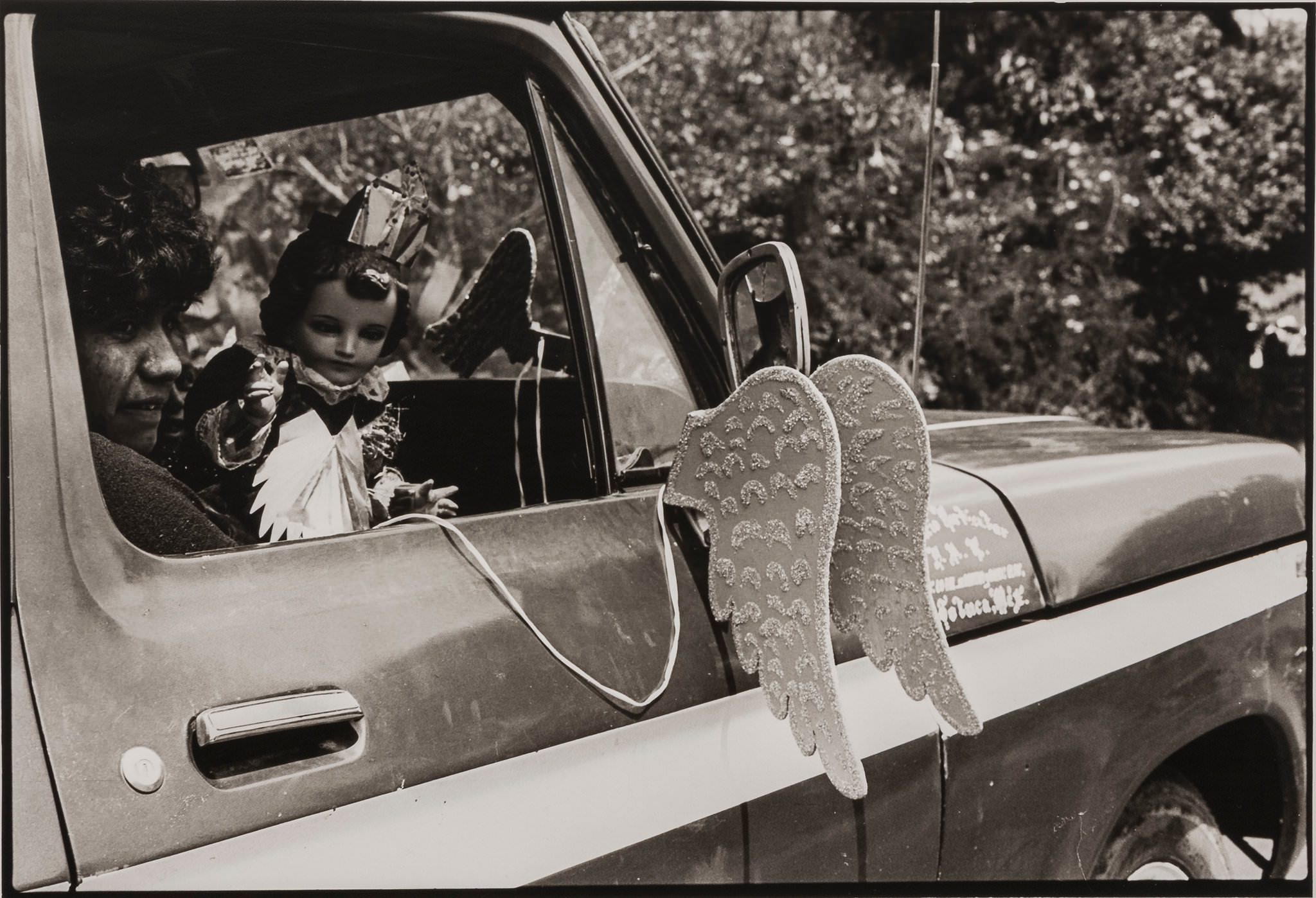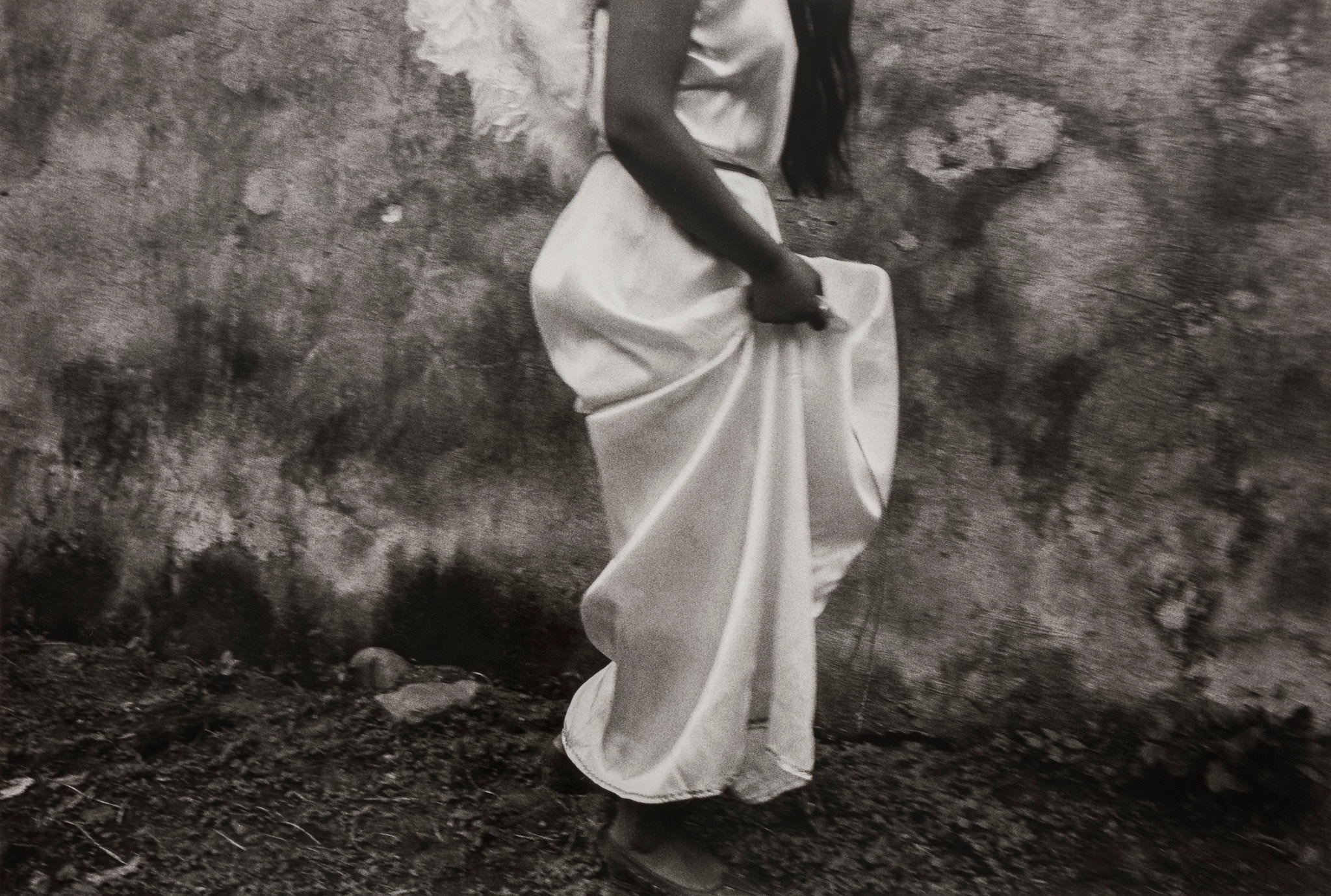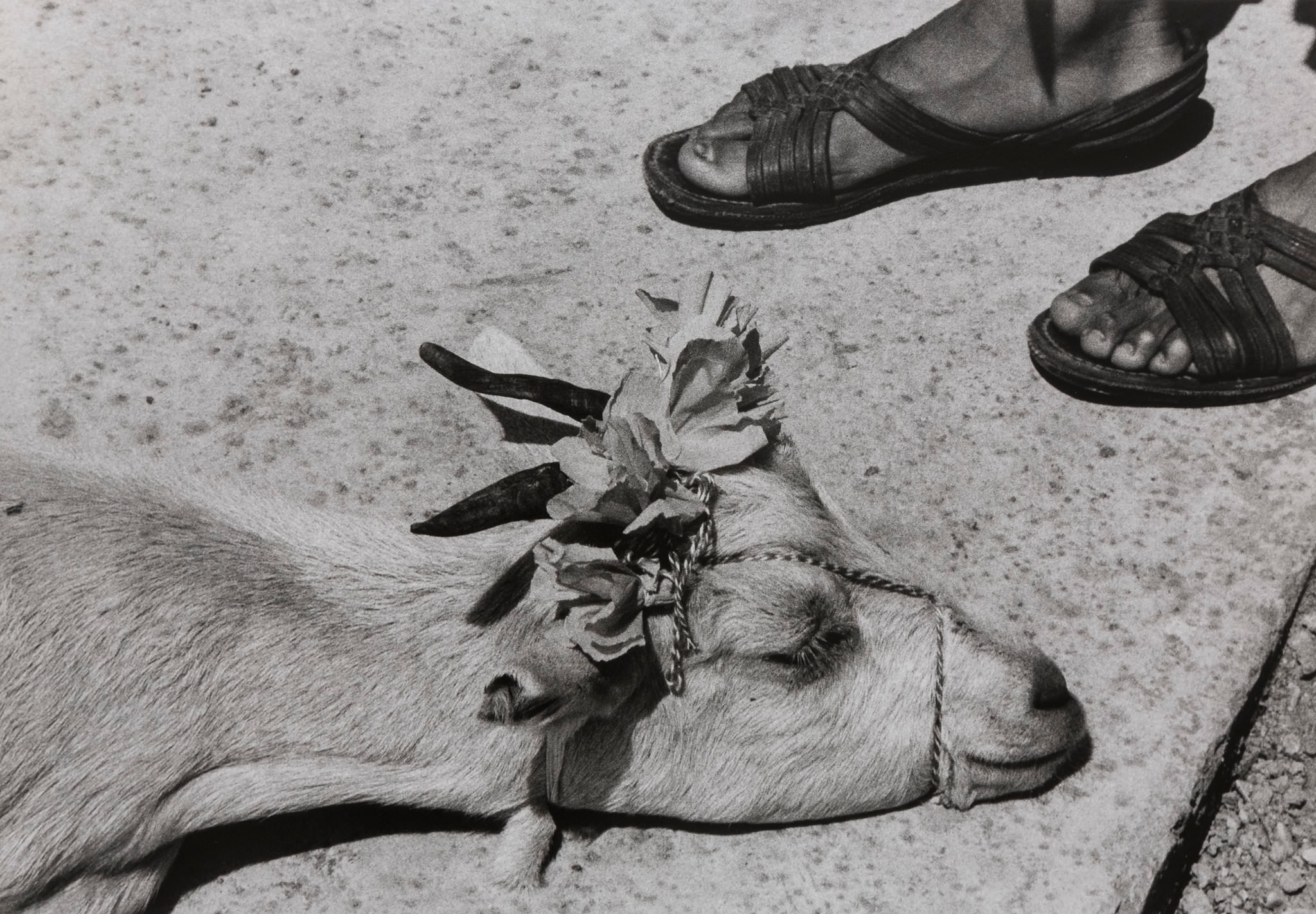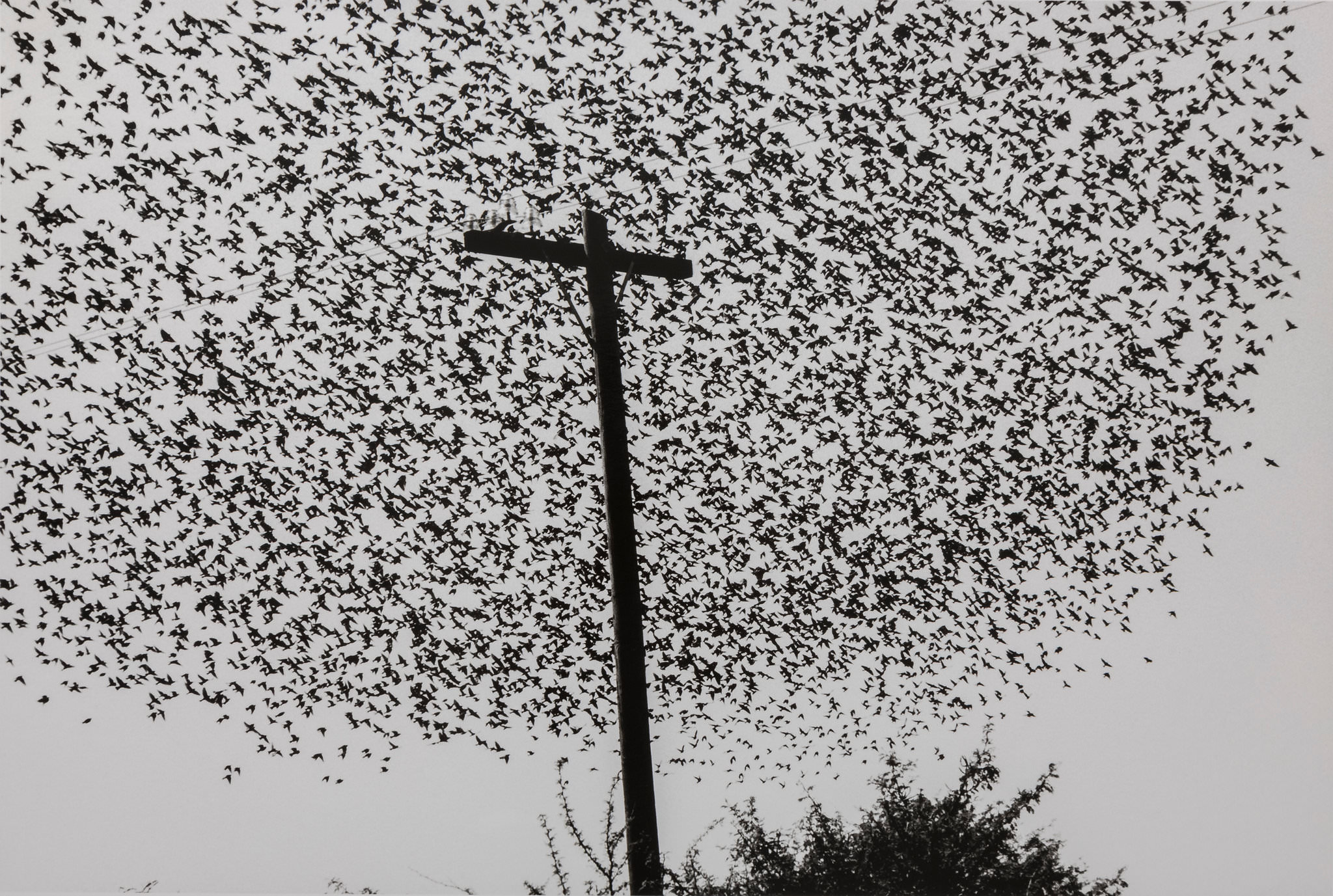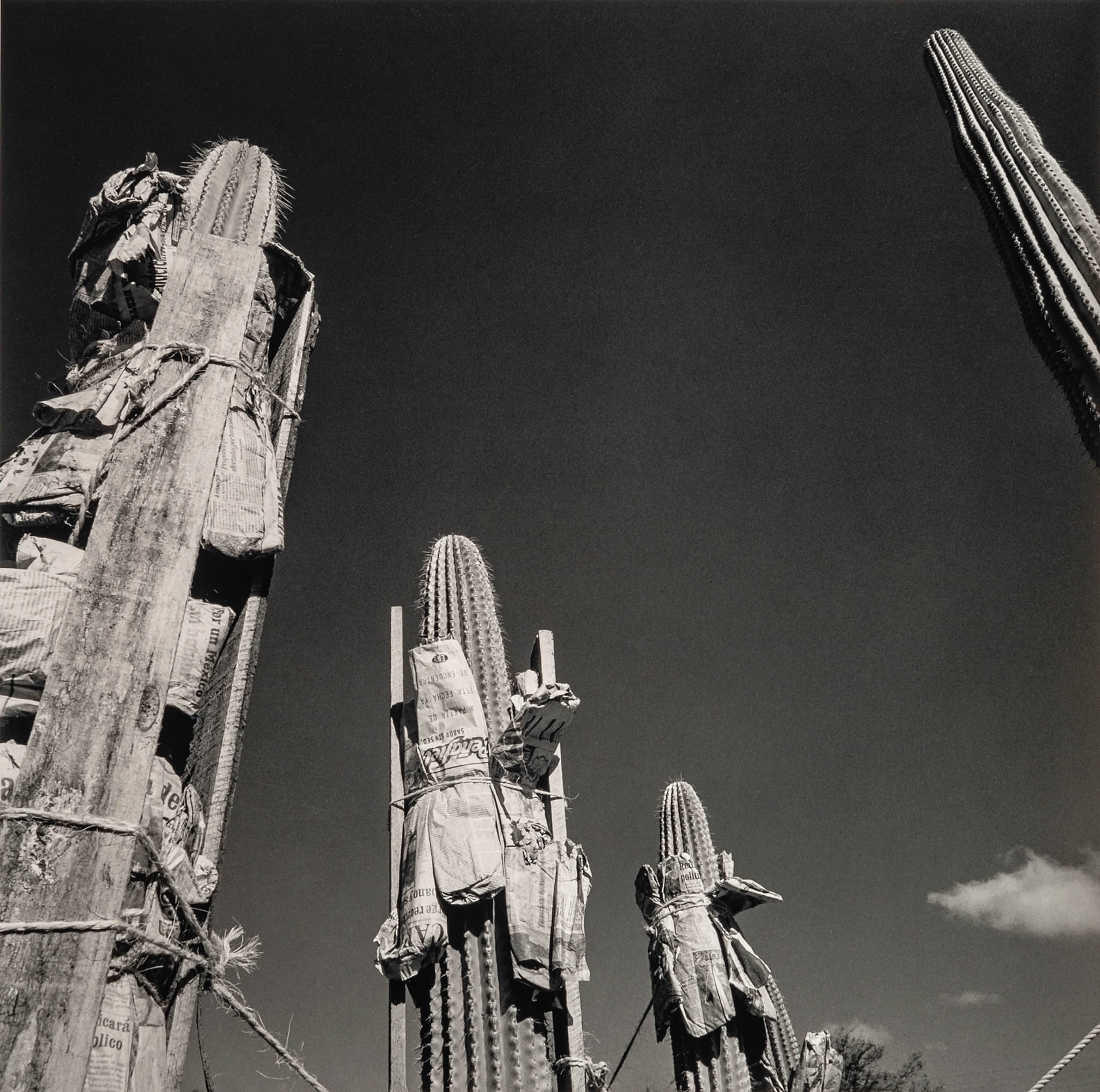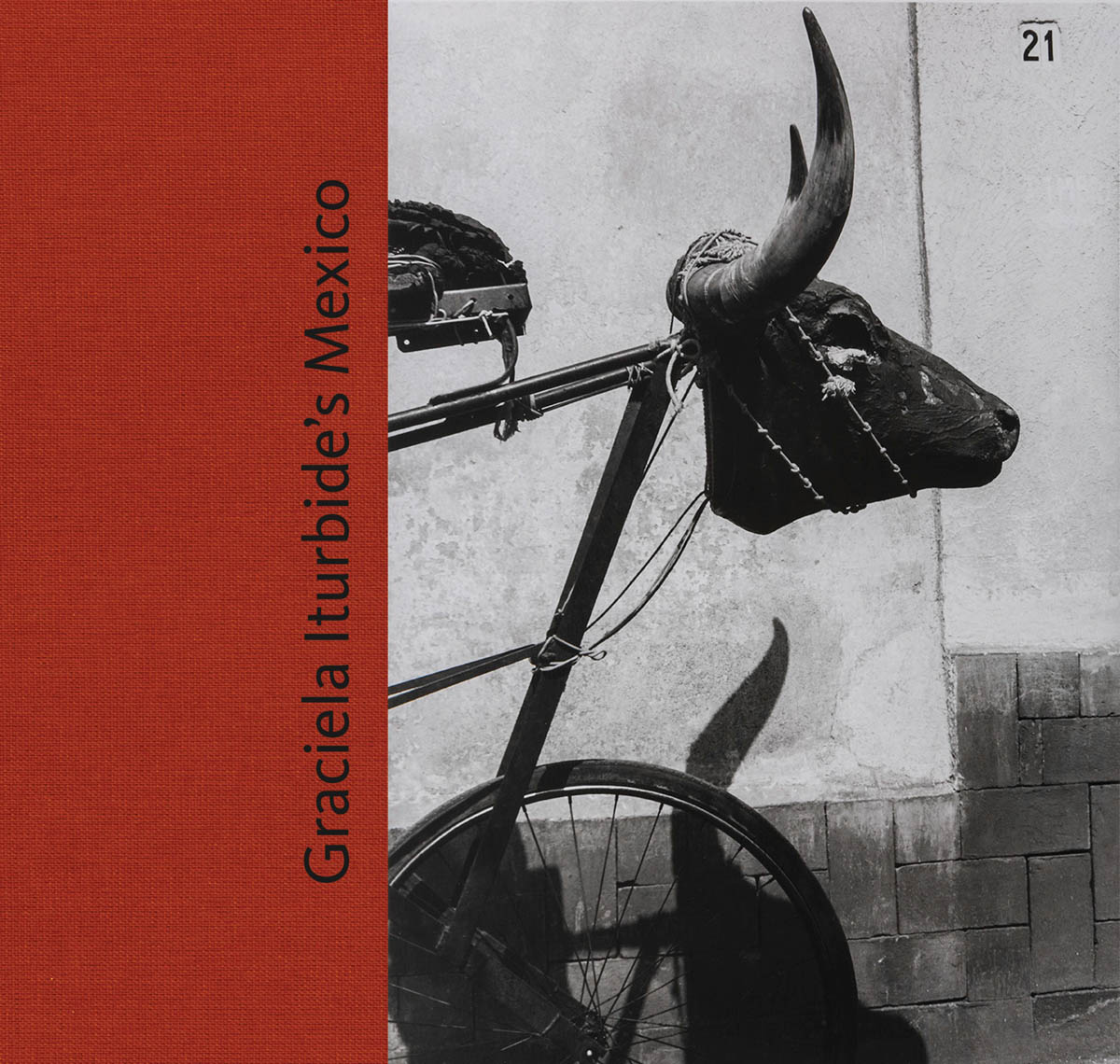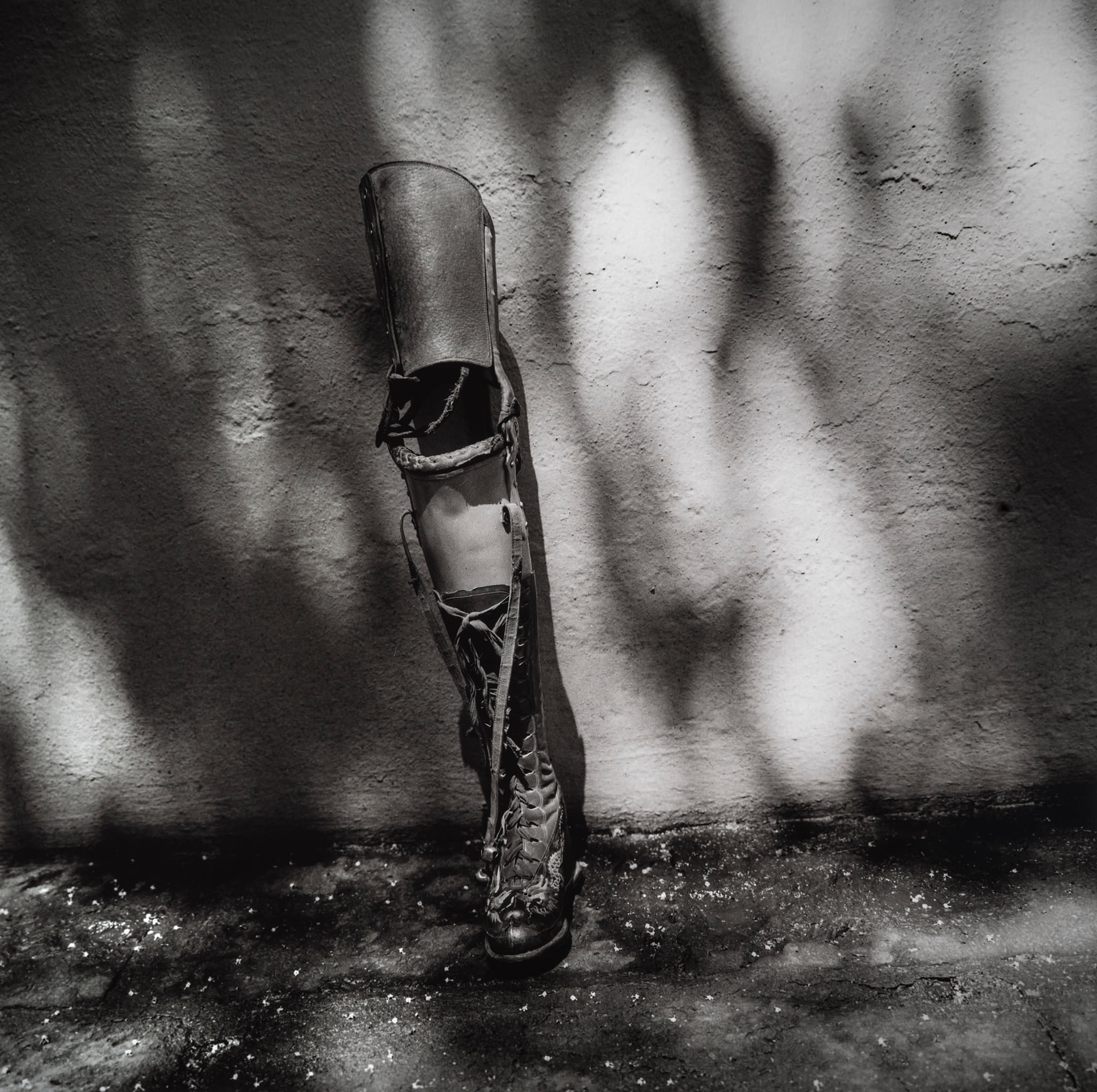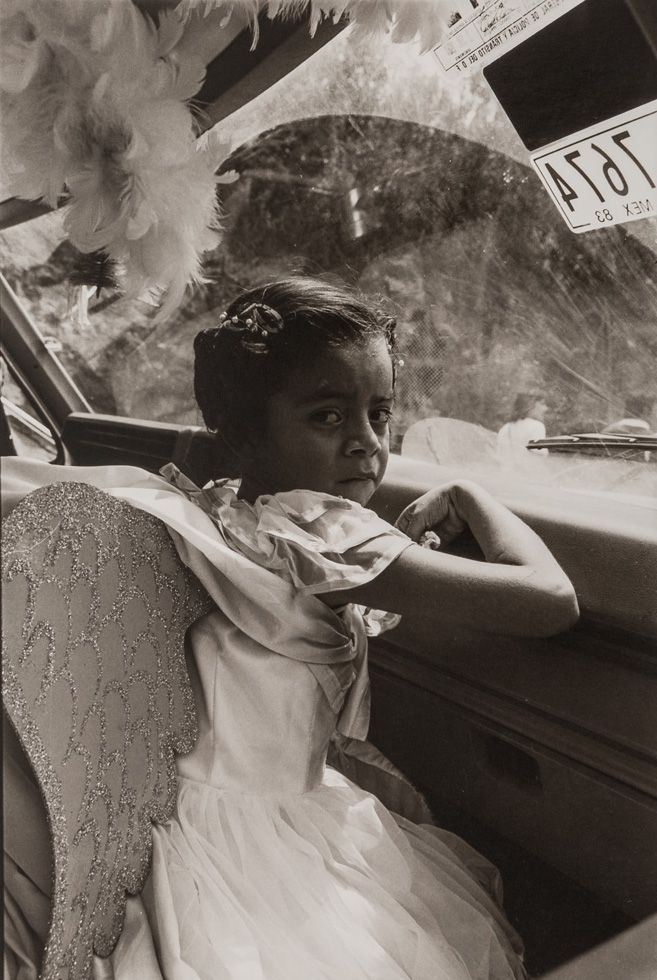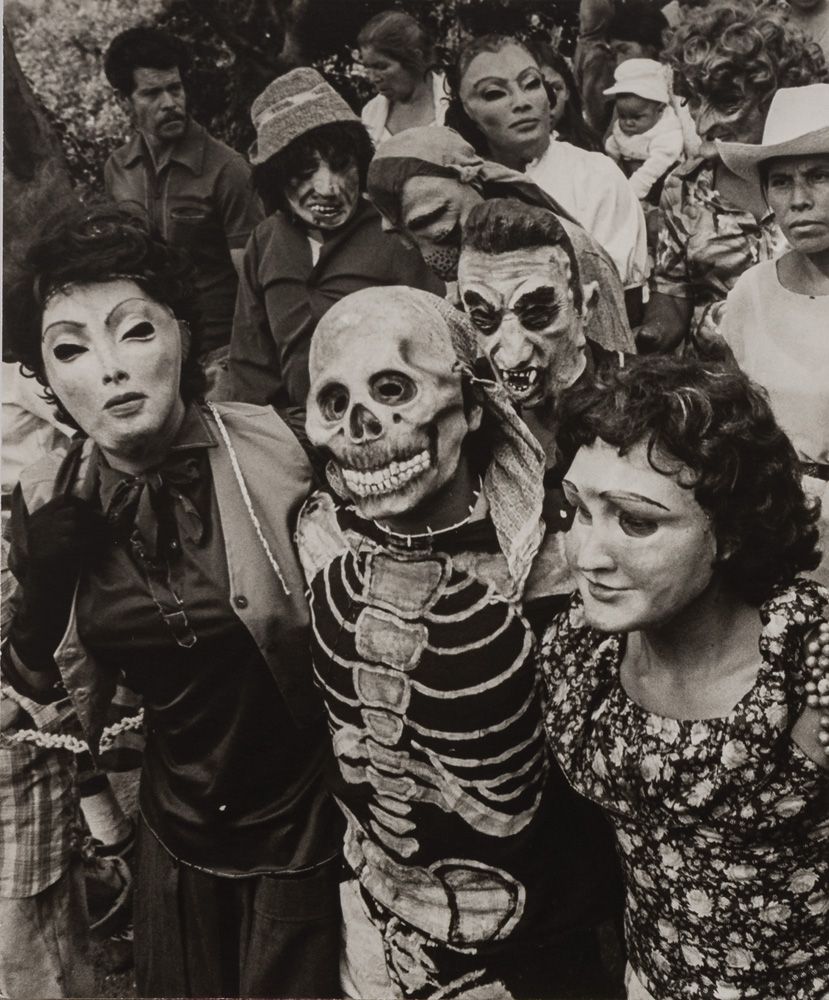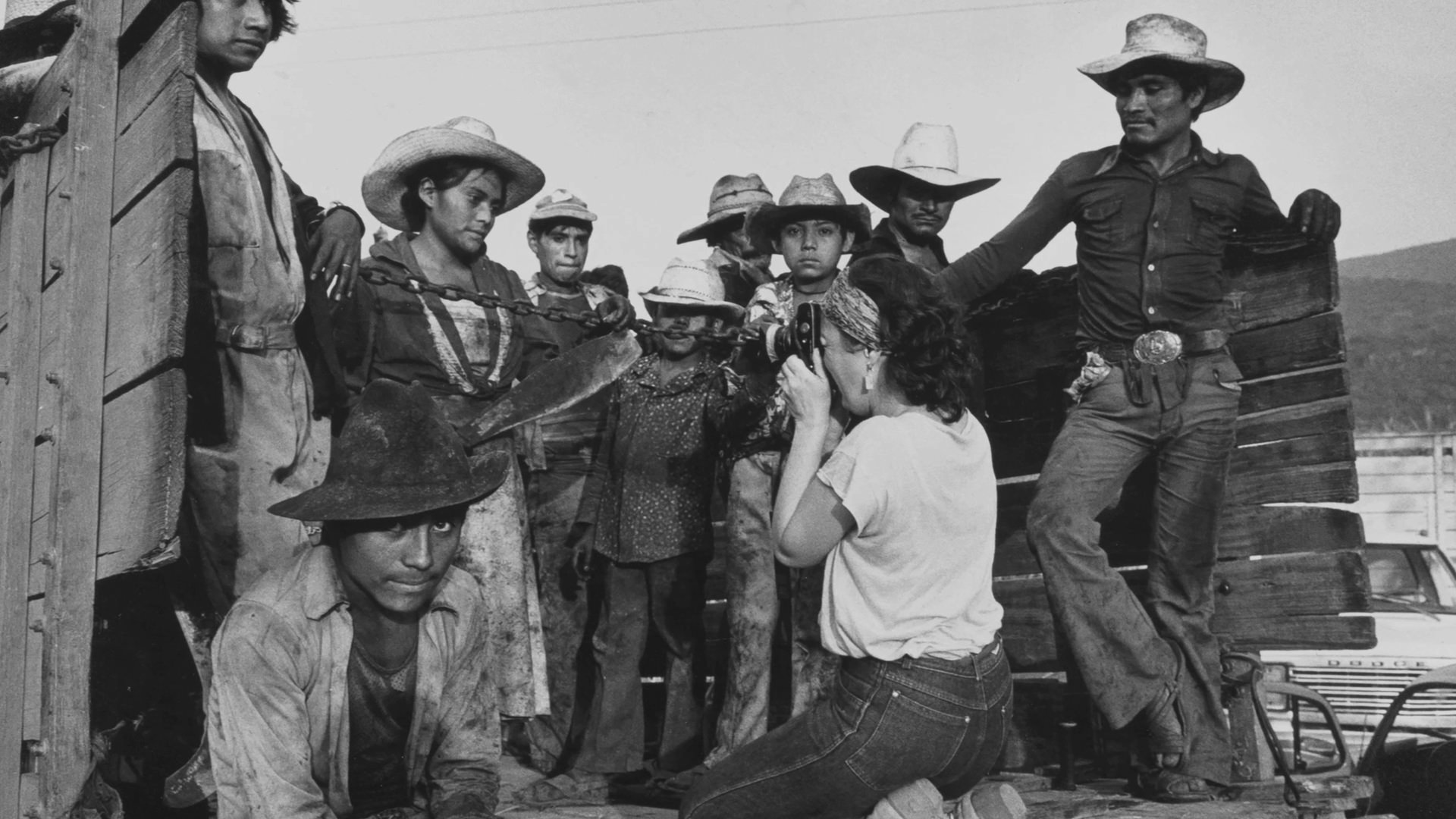Graciela Iturbide’s Mexico
The Museum of Fine Arts of Boston hosts until May 12, 2019 a major retrospective of the mexican artist Graciela Iturbide.
One of the most influential photographers active in Latin America today, Mexican photographer Graciela Iturbide (born 1942) began studying photography in the 1970s with legendary photographer Manuel Álvarez Bravo. Seeking “to explore and articulate the ways in which a vocable such as ‘Mexico’ is meaningful only when understood as an intricate combination of histories and practices,” as she puts it, Iturbide has created a nuanced and sensitive documentary record of contemporary Mexico.
Best known for her iconic photographs of Mexican indigenous women, Iturbide has engaged with her homeland as a subject for the past 50 years in images of great variety and depth.
She has documented the Seri Indians of Sonora, goat-slaughter festivals among the Mixtec of Oaxaca, funeral rites, cultural practices, complex landscapes, birds, herself.
“Graciela Iturbide’s Mexico” unpacks Iturbide’s artistic journey as she captures layers of Mexico’s exquisitely diverse cultures and practices, struggles and contrasts.
This is the first major East Coast presentation of Iturbide’s work, featuring approximately 125 photographs that span her five-decade-long career.
Organized into nine sections, the exhibition opens with early photographs, followed by three series focused on three of Mexico’s many indigenous cultures: Juchitán captures the essential role of women in Zapotec culture; Los que viven en la arena (Those Who Live in the Sand) concentrates on the Seri people living in the Sonoran Desert; and La Mixteca documents elaborate goat-slaughtering rituals in Oaxaca, serving as critical commentary on the exploitation of workers.
The photographs of Graciela Iturbide not only bear witness to Mexican society but express an intense personal and poetic lyricism about her native country.
Iturbide captures everyday life and its cultures, rituals, and religions, while also raising questions about paradoxes and social injustice in Mexican society. Her photographs tell a visual story of Mexico since the late 1970s, a country in constant transition, defined by the coexistence of the historical and modern as a result of the culture’s rich amalgamation of cultures.
Kristen Gresh, the Estrellita and Yousuf Karsh curator of photographs at the Museum of Fine Arts, who worked closely with Iturbide in organizing the exhibit, said what made her unique among the pantheon of photographers working today was her empathetic approach.
“For her, the camera is an instrument of sharing, making visible what, to many, is invisible,” Kristen Gresh said. Iturbide’s photos, she added, provide “a poetic vision of contemporary culture informed by a sense of life’s surprises and mysteries.”
Iturbide’s powerful and provocative photographs are anti-picturesque, anti-folkloric. Her work embodies her empathetic approach to photography and her deep connection with her subjects, asking questions through its capacity for imaginary associations.
Drawn primarily from Iturbide’s own collection, “Graciela Iturbide’s Mexico” also includes the Museum’s recent acquisition of 37 works by the artist, as well as loans from museums and private collections throughout the US and Mexico.
The exhibition is accompanied by an illustrated catalogue produced by MFA Publications:
Graciela Iturbide’s Mexico
Photographs
Text by Kristen Gresh, with an essay by Guillermo Sheridan
Published to accompany the first major museum exhibition of Iturbide’s work on the East Coast, in Boston, this volume presents more than 100 beautifully reproduced black-and-white photographs, accompanied by illuminating essays inviting readers to share in Graciela Iturbide’s personal artistic journey through the country she knows so intimately.
The intensely personal, lyrical photographs collected and interpreted in this book show that, for Iturbide, photography is a way of life, as well as a way of seeing and understanding Mexico, with all its beauties, rituals, challenges and contradictions. The Mexico portrayed here is a country in constant transition, defined by tensions and exchanges between new and old, urban and rural, traditional and modern.
Kristen Gresh is Estrellita and Yousuf Karsh Curator of Photographs at the Museum of Fine Arts, Boston.
Guillermo Sheridan is an author and critic, and on the faculty of the National Autonomous University of Mexico (UNAM).
Born in Mexico City, Graciela Iturbide studied filmmaking at the Centro Universitario de Estudios Cinematográficos between 1969 and 1972, and worked as an assistant to photographer Manuel Alvarez Bravo, who stimulated her interest in photography. She met to Henri Cartier-Bresson while traveling in Europe, and in 1978, was one of the founding members of the Mexican Council of Photography. Besides Cartier-Bresson and Alvarez Bravo, Tina Modotti was in important influence on Iturbide.
A major exhibition of her work, “External Encounters, Internal Imaginings: Photographs of Graciela Iturbide,” was presented at the San Francisco Museum of Modern Art, in addition to retrospectives at the Museo de Arte Contemporáneo de Monterrey in Mexico, and at the Philadelphia Museum of Art. A monograph on her work, Graciela Iturbide: Images of the Spirit (1996), accompanied her Philadelphia show. Iturbide’s exquisite high-contrast black-and-white prints convey the starkness of life for many of her subjects. Traveling through Mexico, Ecuador, Venezuela, Panama, and the Mexican community of East Los Angeles, Iturbide documents the uneasy cohabitation of ancient cultural rituals and contemporary adaptations and interpretations. One of her particular interests has been the role of women, and since 1979 she has photographed the Zapotec Indians of Juchitán, Oaxaca, among whom women are commonly accorded places of power, and stereotypical gender roles are frequently subverted. Iturbide uses photography to try to understand Mexico in its totality, as a combination of indigenous practices, and imported and assimilated Catholic religious practices, and foreign economic trade.*
*Meredith Fisher Handy et al. Reflections in a Glass Eye: Works from the International Center of Photography Collection, New York: Bulfinch Press in association with the International Center of Photography, 1999, p. 219.
Graciela Iturbide’s Mexico
A way of life, a way of seeing
January 19, 2019 – May 12, 2019
Henry and Lois Foster Gallery (Gallery 158) and Robert and Jane Burke Gallery (Gallery 335)
Hardcover: 240 pages
Publisher: MFA Publications, Museum of Fine Arts, Boston (January 10, 2019)
Language: English
Product Dimensions: 10 x 1.2 x 9.8 inches
Weight: 3.4 pounds
Graciela Iturbide may be one of the most renowned photographers working today. Five decades into her journey with a camera, her work, most famously in indigenous communities in her native Mexico, has achieved that rare trifecta ― admired by critics, revered by fellow photographers and adored by the public. (Evelyn Nieves New York Times: Photo Lens Blog)

